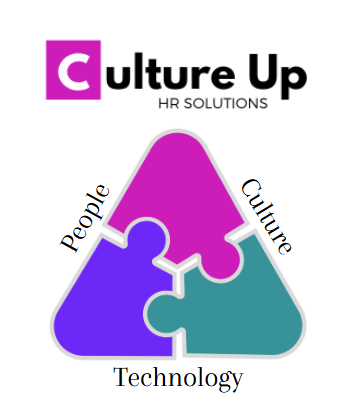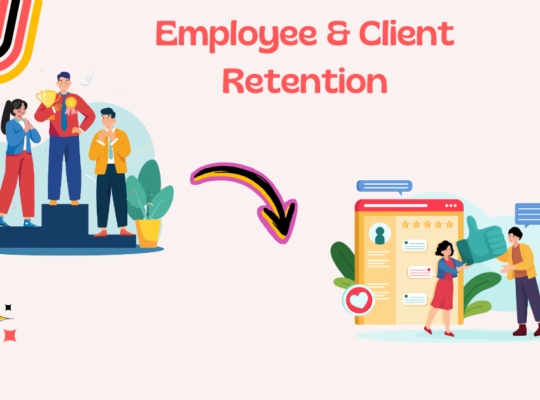Project management and human resources are two essential functions in any organization. Project management is the process of planning, executing, and controlling projects to achieve specific goals and objectives. Human resources is the process of managing the people who work on the projects, as well as the people who are affected by the projects.
When it comes to project management for human resources initiatives, this is often something that is not planned well and often leads to poor success rates. Having strong project management skills and knowledge is essential for Human Resources professionals, whether they are implementing a Human Capital Management software solution, or undergoing another major initiative.
The purpose of this article is to help you understand some of the reasons why so many HR projects fail.
Project Management in Human Resources Strategy
Project management helps human resources achieve objectives by providing a clear framework and methodology for delivering projects. It helps human resources identify the project objectives, scope, schedule, budget, quality, risks, and stakeholders, and ensure that they are consistent with the organizational strategy.
Project management also helps to monitor and control the project performance and progress, and make adjustments as needed along the way.
Whether the project is small or large, it is imperative that the people involved in the implementation have the right skills, knowledge, experience, and attitude to perform the project tasks that they are assigned to.
Now, let’s look at some failed HR projects and what went wrong.
Scenario 1: A large company with thousands of employees historically used a handful of people management systems. These systems included time and attendance, payroll, HR, and recruitment. They decided it was time to implement a full Human Capital Management system to not just manage their processes, but allow them to do so much more and have all the bells and whistles such as reporting, self service, etc.
The implementation team did not consist of any end users, supervisors, managers, etc. outside of the HR team. It also did not consist of HR staff from different locations across the country. The team selected a very expensive HCM which was known world-wide, but was not often seen an a very flexible and user-friendly system. After the implementation team was ready to go, the whole project went live. The processes that were crucial to operational teams could not be done using the new system. The training was almost non-existent. After spending millions on this system it was deemed a failure and loss. The people who selected and implemented the system left the organization. In the end, the money that was put into the new system was lost due to contractual obligations. They were forced to revert to using all of the old systems in order to continue the business. Due to the massive loss, all plans to implement a new system have been put on hold indefinitely.
The main takeaway here is to ensure your implementation team consists of experienced staff that will cover most functions in an organization. Running the project “from a distance” and not involving the right people will not only lead to poor adoption rates, but could jeopardize the whole project altogether.
Scenario 2: In a recent event that I spoke at, an HR professional came to me to ask about how to help older workers adapt to new technology. They had recently implemented a large scale HR system and their older workers were not using the system. I didn’t have the opportunity to conduct a deep dive into the situation, but after asking a few questions, it turns out that the training plan was not inclusive. What does this mean? They used a single approach to handle training of employees on the new system. They expected the younger and older workers to learn the same way. This is why they were not using the system. The training itself was not helpful or considerate to the needs of the older workers.
What does this scenario teach us?
- Using a cookie cutter approach to any aspect of an implementation is never recommended.
- When deciding on how to conduct your user training, ensure that you are looking at the needs of all your employee groups, e.g., age groups, language barriers, etc.
- Is is perfectly acceptable to offer different options to end users to ensure that everyone has the opportunity to learn at their own pace /environment.
In summary, we can see that there are many reasons that projects fail. Some other reasons include:
- Poorly defined business case and planning
- Inadequate forecasting of estimates
- Lack of ongoing senior executive supports
- Poor communications
- Insufficient resources
- Lack of project leadership
- Inadequate stakeholder management
- Lack of contingency and risk management
- Unrealistic timelines and budgets
Conclusion
Project management and human resources are essential functions that need to work together to ensure project success. Following project management principles and practices can deliver projects that are on time, budget, and scope. This can also lead to increased stakeholder satisfaction and employee engagement.
If you are lucky enough to be in a company where there are certified Project Management professionals to guide your HR initiatives, your chances of success are very high. If there is none of this expertise in-house, it is better to obtain external assistance to help guide you on your journey. Using Consultants that are experienced in the area of the project (e.g. HR technology or job evaluations) will provide your organization with the experience and skills needed to move your project along and in the right direction.
If you have been delaying that HR project due to a lack of resources, contact us today to see how we can help you!







